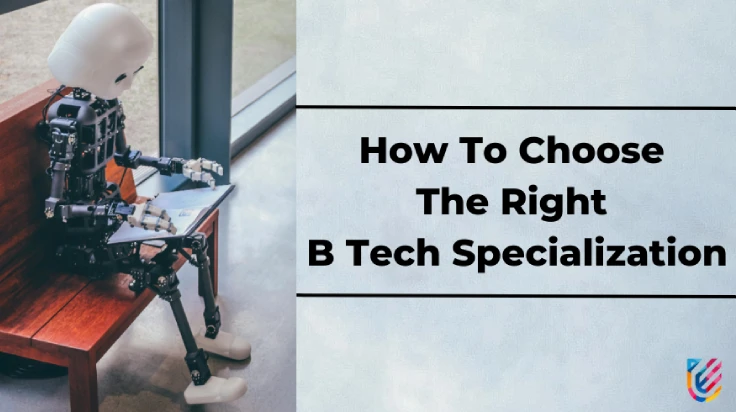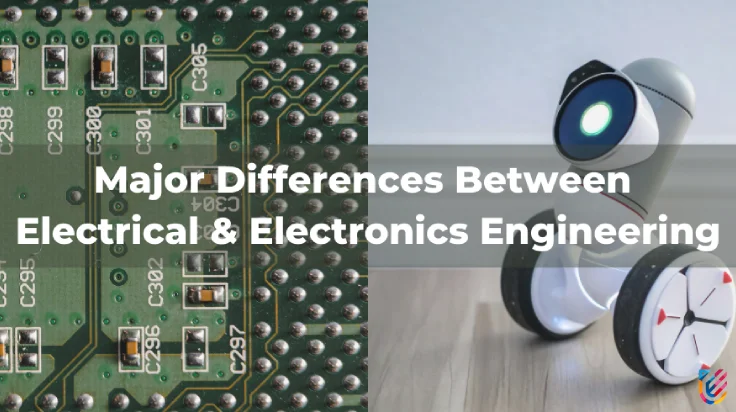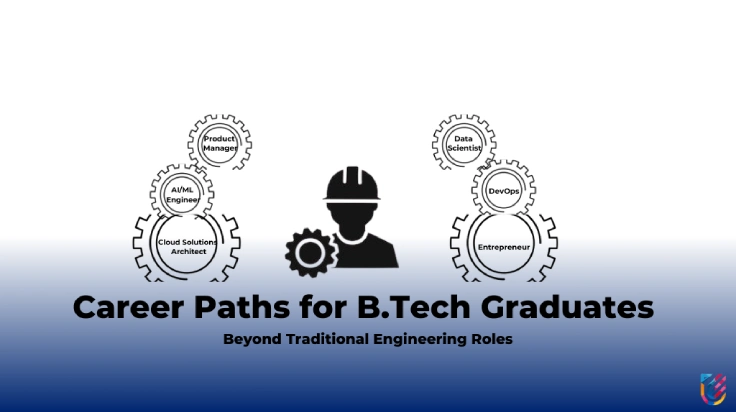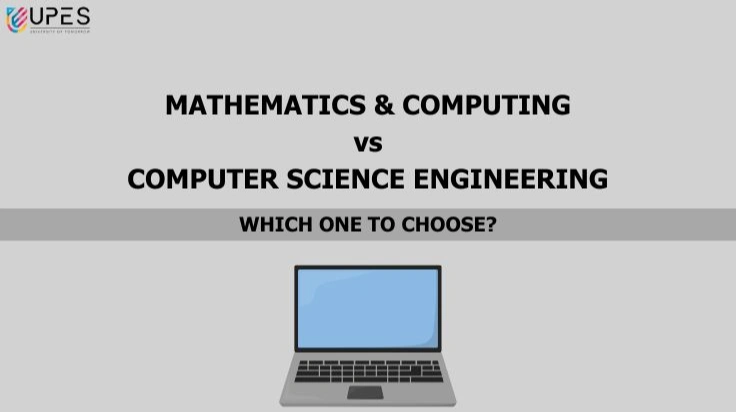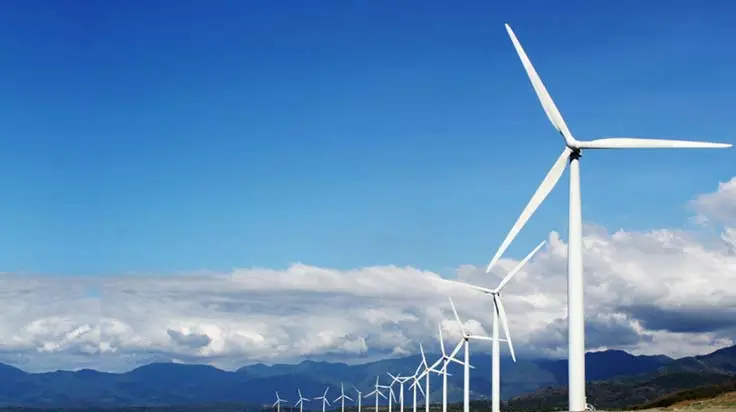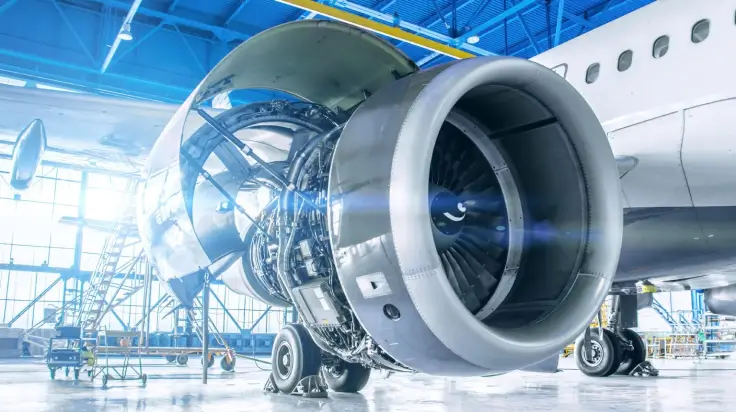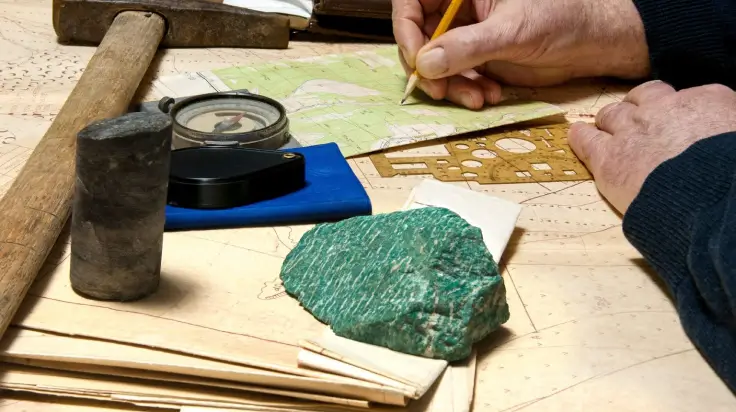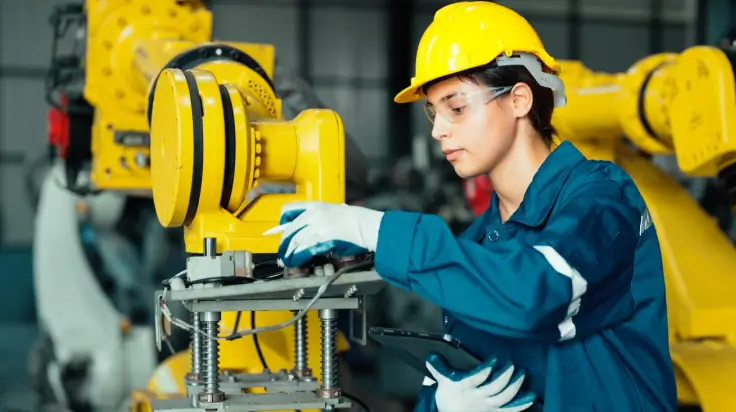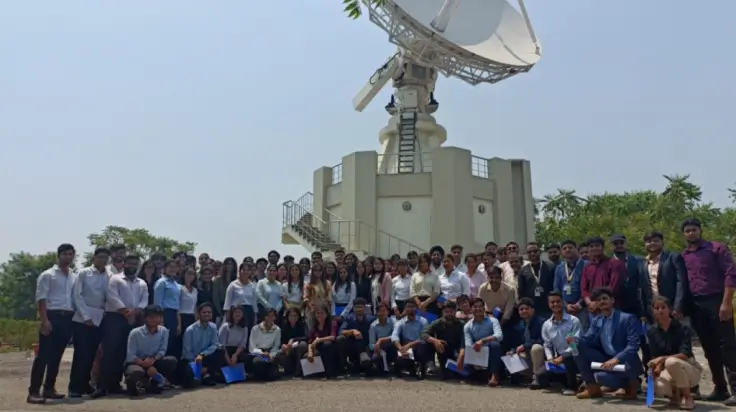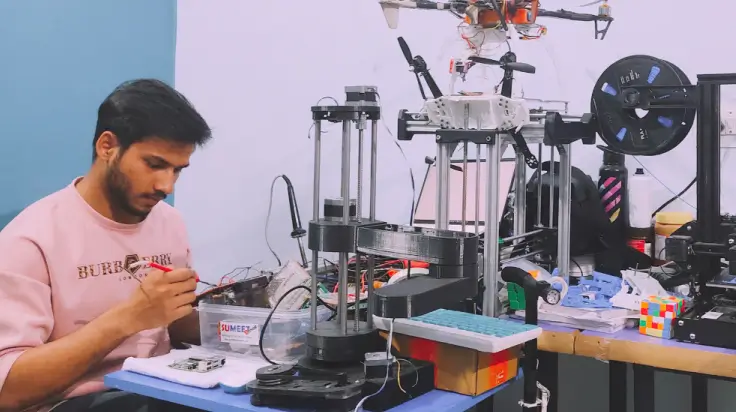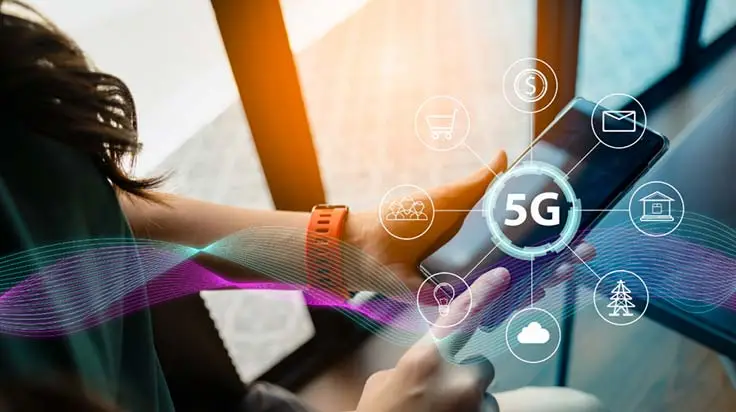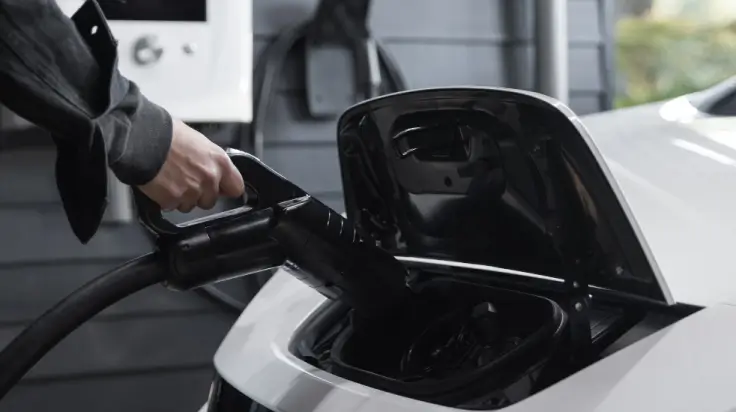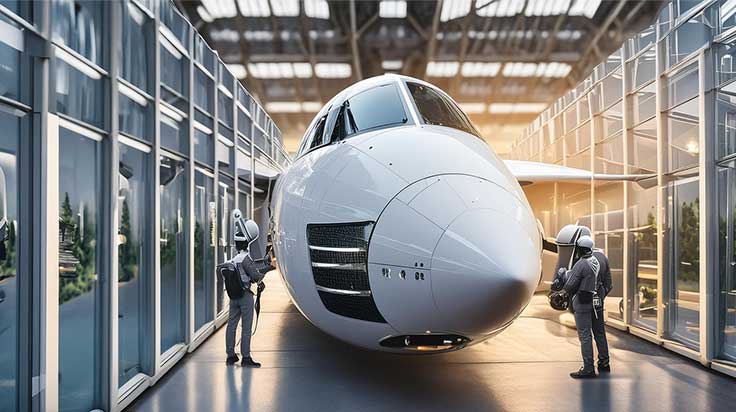Future engineering technologies to bet on
- UPES Editorial Team
- Published 27/02/2023
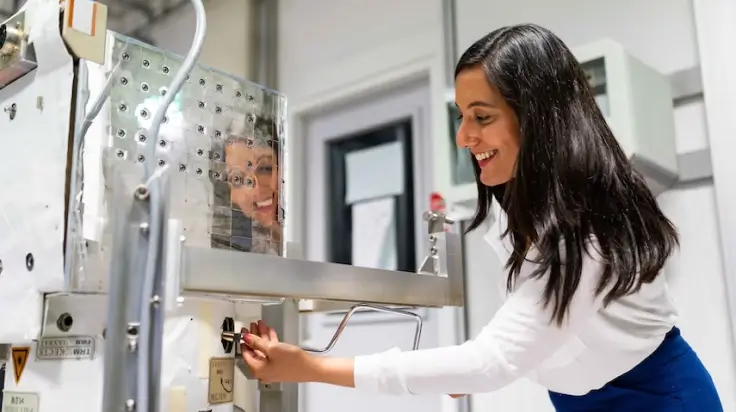
UPES B.Tech. student Siddhivinayak Dubey
There is a growing trend where humans are creating future technologies that serve all the three components – people, planet and profits – while growing together
These days, a ship’s captain is informing marine researchers the impact of climate change and pollution by analysing and sharing critical ocean data round-the-clock. This effort is aimed to better understand and protect our oceans — now and into the future. It has real time sensors, onboard machines learning and analytics along with a decision taking engine. The captain runs his ship—Mayflower– with precision, navigates truant weather conditions over choppy waters, sticks to maritime laws and has won over admirers in its transatlantic journey.
The big deal here is that this crewless ship is commandeered by an artificial intelligence (AI) captain who doesn’t need any human intervention. Mayflower is the latest offering by IBM as their next generation of innovation, efficiency, safety and cost-savings in business.
Meanwhile in Hong Kong, researchers have created a magnetic slime robot, which can slip through narrow spaces, fix broken circuits, and has the potential of even retracting accidentally swallowed things from the human body. Reported in the Journal of Advanced Functional Materials, this 1.55 mm thick robot can also grasp solid things by wrapping itself around them. Incidentally the slime has a mix of magnets and has to be controlled by an external magnet to create movement.
These instances are indicative of a growing trend where humans are creating future technologies that serve people, planet and profits while growing together.
While there’s the popular belief that robotics are the only future technology, it’s not entirely true, opines Dr. Ravi Iyer, Dean, School of Computer Science, UPES. He said, “Our future will be defined by the smart and efficient usage of materials, electronics, robotics and mechanics. Design and engineering will play a crucial role here and besides the ‘greater good’ and business aspect, future technologies will look at comprehensive deliverables and services which address every possible loophole and attempt a resolution for differing scenarios. For instance a robot has to retract someone from debris – which its human counterpart is unable to access – the robot’s deliverables should also include immediately assessing the situation—evaluating and offering immediate assistance like blood pressure and pulse monitoring, oxygen supply and any other intervention; in critical cases keeping a person alive till help reaches them.”
Here are top technologies of the future:
• Tidal Energy: Creating electricity by harnessing the ocean tides is a renewable energy technology which has tremendous potential. In fact, United Kingdom’s first “commercial” tidal energy projects, led by developers SIMEC Atlantis and Nova Innovation, both have multi-turbine arrays in the water in Scotland. The largest of these can currently produce six megawatts of power and provide energy to a thousand homes.
• Everything smart, with IoT: Everyone knows autonomous vehicles, smart buildings, traffic and public management systems, construction, manufacturing, healthcare, retail and logistics are transitioning fast to IoT systems. But the latest development ‘smart farming’ is touted to be the next big thing around the world where farmers can get information on soil fertility, weather conditions, crop yield, rainfall by just using IoT devices and even take any preventive measures when required. According to reports by iotsworldcongress.com, the global smart agriculture market size is expected to triple by 2025, reaching $15.3 billion.
IoT has also ushered ‘Smart Eyewear Glasses Technology.’ The latter has sensors and has provisions for wireless and Bluetooth connectivity and accessibility features right in front of the eyes. But the catch here is, there’s no scope for distraction. The user can perform various functions like reading messages or emails, opening a map, take photographs and even research on the internet, if needed! Some features on Google glasses have been built around this concept and many other companies are already exploring this segment to roll out more lucrative offerings in the market for users, soon.
• New Materials: It’s the age of new materials and their multiple usages. Shape memory alloys—that retain original shape after being deformed, metamaterials and nonporous materials are the future. Metamaterials are artificial materials which are not found in a natural state and are known to have electromagnetic properties. These will usher greater efficiency, impact, business growth and are being viewed as gamechangers in smart deliverables in sensor detection, infrastructure monitoring, aerospace among others.
Recently, the Nature Journal published a paper by two MIT scientists who have invented a new material which is lighter than plastic but stronger than steel. Dubbed as an ‘impossible material’, it is six times stronger than bulletproof material and can be used as a lightweight, durable coating for car parts or cell phones, or as a building material for structures like bridges.
• Mechatronics: It is the meeting point of design, and electrical, mechanical and automotive disciplines in engineering. With the increasing demand for more efficient systems, Mechatronics and Robotics courses market size was valued at USD 1.17 billion in 2021 and is projected to reach USD 2.06 billion by 2030. Medical devices, autonomous vehicles, and autonomous transports use these electromechanical components of mechatronics.
One of the most popular examples is Frenchman Franky Zapata’s 2019 invention — Flyboard or Hoverboard — a concept which was confined to the anti-hero ‘the Green Goblin’ in Marvel comics. Zapata brought this to life by designing a flyboard with light batteries and flew across the English Channel. Now he has invented a single person flying vehicle—Jet Racer—which is a software controlled flying system and can carry cargo too, 20 to 40 feet off the ground. In 2024, Zapata plans to commercialize a similar product — Air Scooter — to the public.
References:
- https://www.ibm.com/in-en/cloud/automation/mayflower-autonomous-ship
- https://scitechdaily.com/mit-engineers-create-the-impossible-new-material-that-is-stronger-than-steel-and-as-light-as-plastic/
- https://www.iotsworldcongress.com/iot-transforming-the-future-of-agriculture/
- https://www.google.com/glass/start/
- https://robbreport.com/motors/aviation/one-person-flying-machine-zapata-airracer-barrel-rolls-fighter-jet-1234802610/
Video Links:
UPES Editorial Team
Written by the UPES Editorial Team
UPES Admission Enquiry
Subscribe to UPES Blogs
Join our community for exclusive stories, insights, and updates
By clicking the "Subscribe" button, I agree and accept the privacy policy of UPES.










